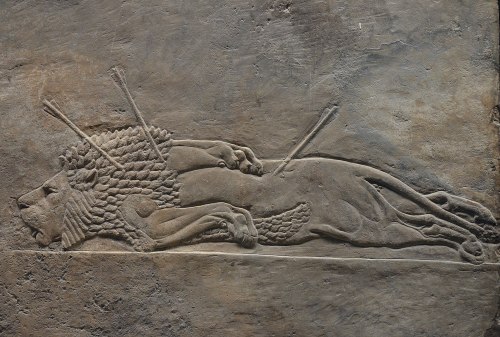#assyrian
Collected by Raymond Pitcairn during the 1920s, the Assyrian reliefs in Glencairn’s Ancient Near East gallery are “an exceptionally well-chosen group, representing diverse aspects of the religion, ideology, and artistry of the Assyrian Empire and typifying the development of the genre over time” (Eva Miller, University of Oxford). In this 2016 essay for Glencairn Museum News, Eva Miller examines the meaning of the images in these reliefs and how they have been received in both ancient and modern times: https://bit.ly/2D19XKF
Post link
A cover for my pretend Epic of Gilgamesh game featuring Ereshkigal, Goddess of the Underworld. I plan to do variant covers with Gilgamesh, Enkidu and Ishtar as well as this one. I really hope you like it, and feedback is, as ever, very appreciated!
Post link
I’m working on this digital painting of Gilgamesh. Any comments on the character design are very, very appreciated!
Post link
I haven’t finalised my design for Ishtar for the current project yet, but here’s a preview of one version (the blue eyes are based on the lapis lazuli inserts some statues have)
Post link
This week, I’m recreating some Akkadian Kukku - or “butter-cakes” - which would have been offered to deities, much like the qullupu I made a while ago, which were used in the worship of Inanna! However this dish seems to have been eaten by Akkadian rulers, rather than offered to deities.
In any case, let’s now take a look at The World That Was! Follow along with my YouTube video, above!
Ingredients
1 cup flour
½ cup hazelnuts
½ cup walnuts
1/3 cup honey
½ cup butter
½ cup raisins (or sultanas)
1 egg
dates (for decoration)
Method
1 - Grind the Nuts
To begin with, we need to crush our hazelnuts and walnuts in a mortar and pestle until they take on a sandy consistency. I left a few chunks in my batch - as you can see here - but I cannot recommend you do this, as it makes it rather difficult to take out of your baking tin later on! So, do as I say, not as I do in this case.
In any case, hazelnuts and walnuts would have been cultivated in this region in the Bronze Age, and were used frequently in the civilisations cuisines too!
Place this into a bowl for later, while you cream your butter and honey
2 - Cream the Butter, Mix the Ingredients
Place ¼ of a cup of butter into a large mixing bowl, and pour 1/3 of a cup of honey on top of this. Using a wooden spoon, mash this together until it takes on a smooth, creamy texture.
At this point, pour in your crushed walnuts and hazelnuts, a half a cup of raisins, and a single egg. Also toss in a cup’s worth of flour. Mix all of this together until it forms a wet dough. If it’s looking a little dry as you’re mixing it, you can add a little milk to the mix to bring it together - but no more than a quarter of a cup! You’ll wind up with something that’s more like a batter than a dough.
3 - Prepare Tin and Bake
When your dough is done, butter up a baking tin, and scoop in your dough. Smooth down the top a little, before sticking some dates on top of this. There’s no real pattern to replicate, so scatter them as organised or chaotically as you want!
Place your dough into the centre of an oven preheated to 130C / 275F for half an hour, or until the kukku takes on a lovely golden complexion.
Leave the pan to cool before you take your bake out of the tin - this will help it retain its integrity.
The finished dish is really soft and light, and has a lot of similarities to the Palace Cake from Ur I recreated a few months ago. These cakes are delicious if you drizzle honey over the tops of them before you eat them, so the dough gets imbued with sweet honey goodness.
I HAVE AN STD, SEND HELP!!!
A letter written from the Neo-Assyrian (circa 911-612 B.C.) priest Nergal-šarrani to his king asking for medical aid for an STD he contracted by having lot’s of sex with women. Original language is Akkadian. From Nineveh in northern Iraq and now in the British Museum. Archival view.
What is interesting is the STD is being called “hand of Venus”, or in the original text “qatu Dilibat(ordil-bat).” In Mesopotamian medical texts the hand could signify a disease label or the ultimate disease cause agent. Transliterated cuneiform and translation of text (link).
Nonetheless, an odd thing to write to your king.
~Hasmonean
Post link
Foreign groom in a tributary procession. Neo-Assyrian, ca. 721–705 B.C. Medium: Gypsum alabaster. From the Metropolitan Museum.
Post link
Pomegranate carved in the round,Metropolitan Museum of Art: Ancient Near Eastern Art
Rogers Fund, 1954 Metropolitan Museum of Art, New York, NY
Medium: Ivory
[image description: a small pomegranate, carved from ivory so tanned it looks like wood.]
Post link
April 11, 2021 Sunday - Lamassu Bookends
Assyrian Winged Nimrud Palace Guard bookends and my cookbook collection:






Marriage Certificate, 19th-18th C. BCE, Museum of Anatolian Civilizations, Ankara #favMW
A contract, drawn up in the presence of three witnesses regarding Assyrian Idi-Adad’s marriage with Anatolian Anana. In the contract it is decided that Idi-Adad could not take another wife in Anatolia; if he did and divorced Anana he had to pay her 5 minas silver. *Museum Label
Post link
Detail of an Assyrian relief from Nimrud, Iraq, showing horses and horsemen of the royal chariot, 725 BC. Photograph: Steven Vidler / Eurasia Press
Post link
Gypsum alabaster relief of a lamassu at the palace of Ashurnasirpal II, guarding the gateway at Kalhu. Nimrud, Iraq.
Post link
Furniture plaque: wing of a hawk. ca. 18th century B.C, Old Assyrian Trading Colony.
Source: https://www.metmuseum.org/art/collection/search/323588
Post link
#Assyrian depictions of the goddess Ishtarshow her #raising a clenched #fist.[2] A raised fist was used as a logo by the Industrial #Workers of the World[3] in 1917. The graphic #symbol was popularized in 1948 by Taller de Gráfica Popular, a print shop in #Mexico that used art to advance #revolutionary social causes.[4] The symbol has been picked up and incorporated around the #world by various#oppressed groups #ACTLIKEYOUKNOW
Post link
A lion, killed in the lion hunt of the Assyrian king Ashurbanipal, ca 640 BCE. In Mesopotamia, lion hunting was an activity that only royalty could partake in. When a lion was found, it was often trapped and presented to the king, who would kill the lion with arrows.
Post link

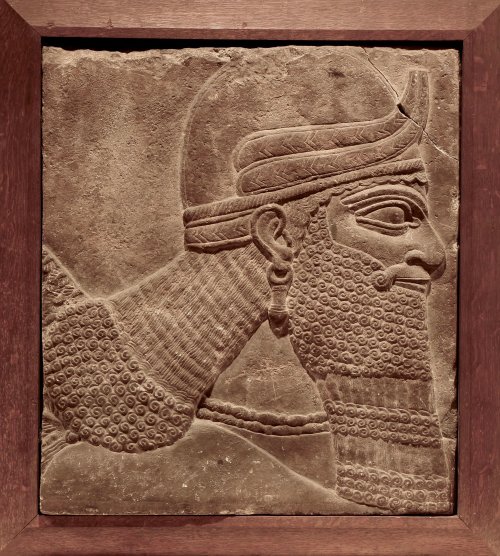



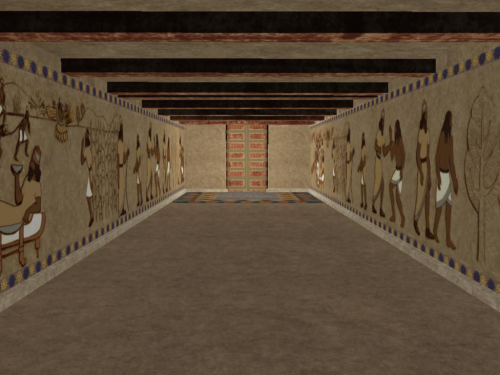
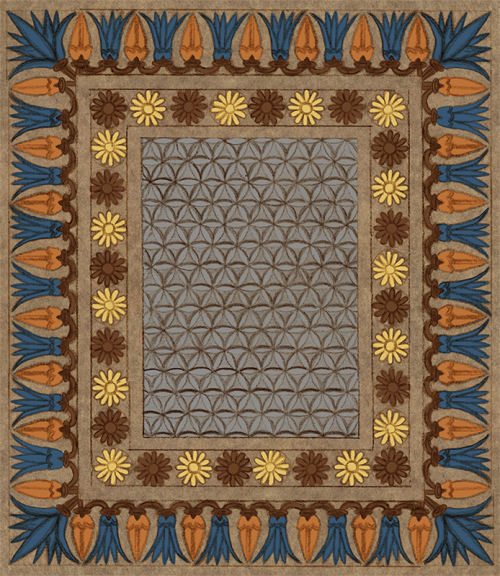




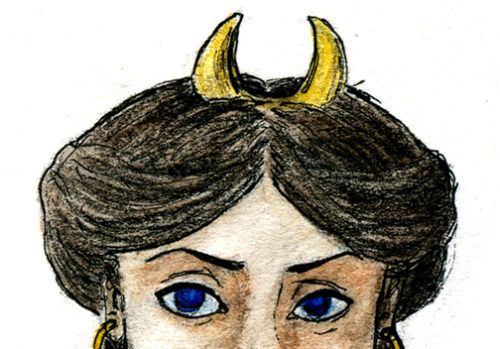

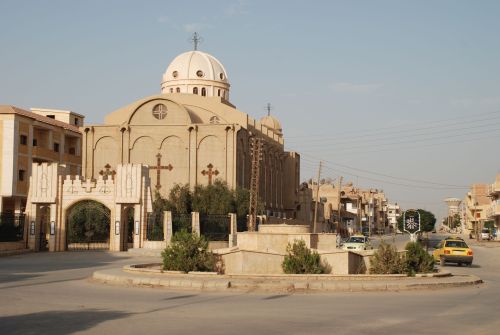


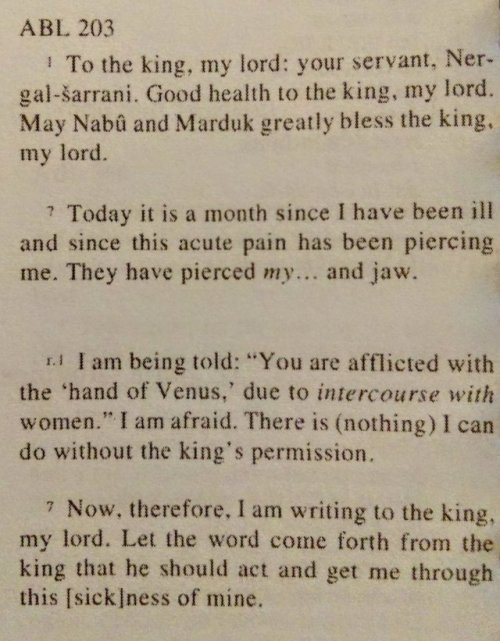

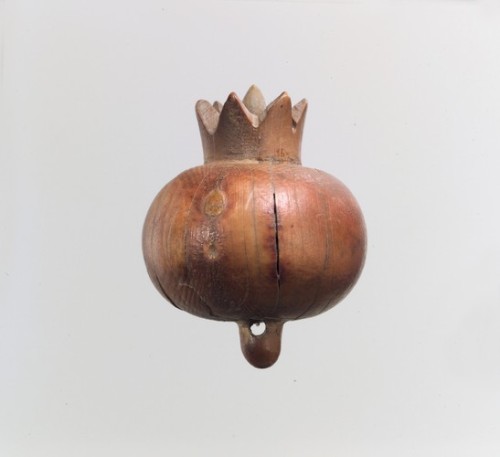


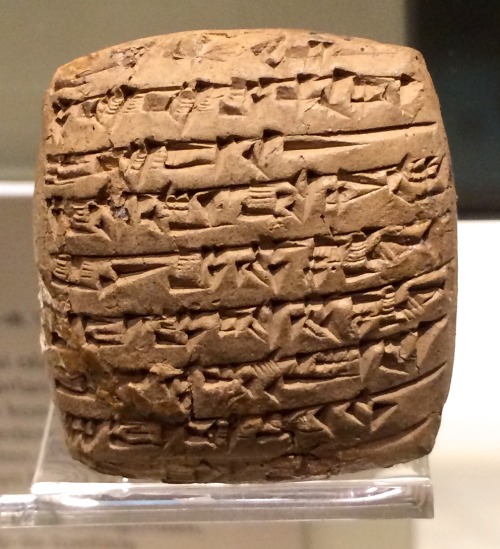
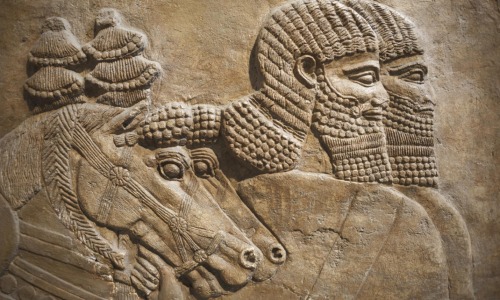


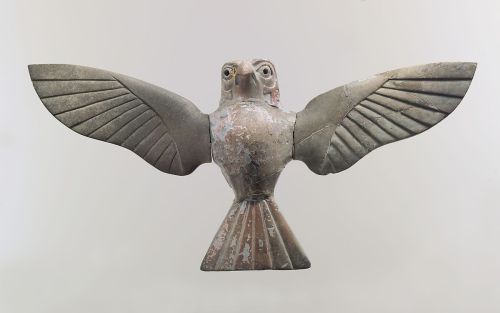
![#Assyrian depictions of the goddess Ishtarshow her #raising a clenched #fist.[2] A raised fist was u #Assyrian depictions of the goddess Ishtarshow her #raising a clenched #fist.[2] A raised fist was u](https://64.media.tumblr.com/d18c3a719b1166006432d372be8cdf15/tumblr_odek4bHq9K1sqz1wyo1_400.jpg)
